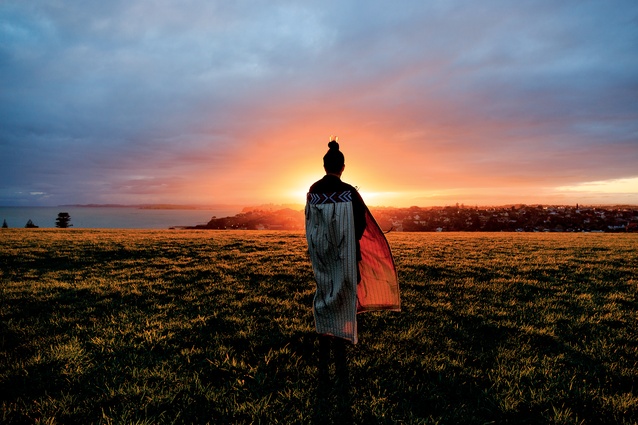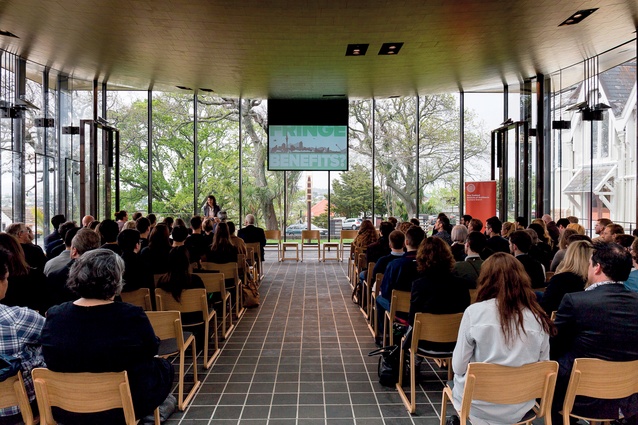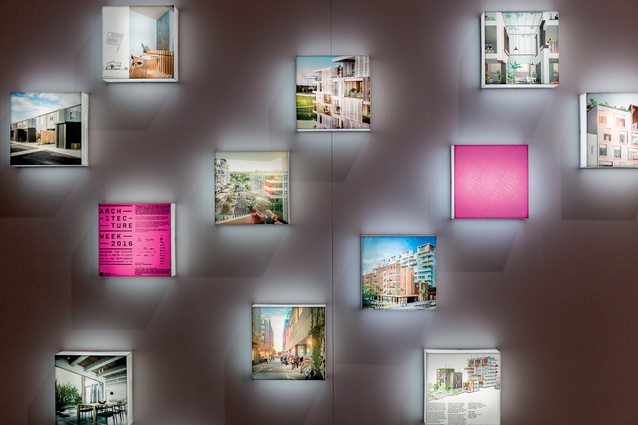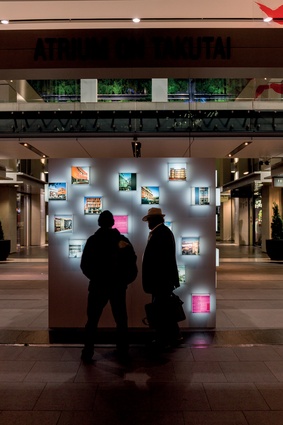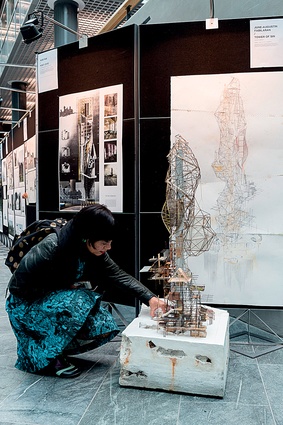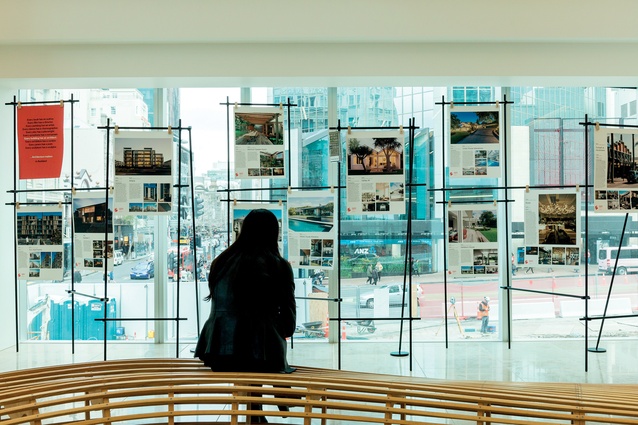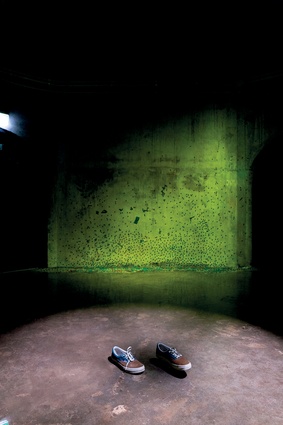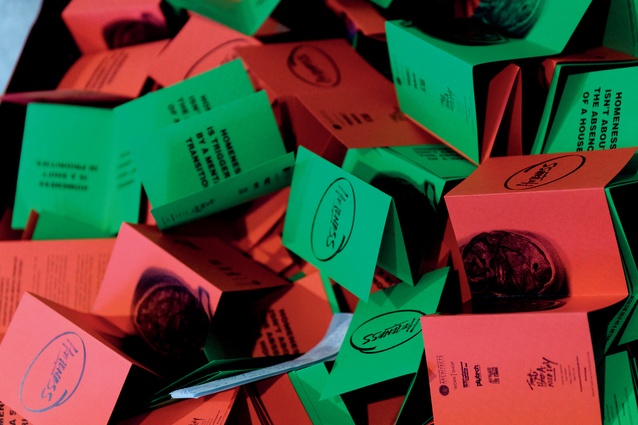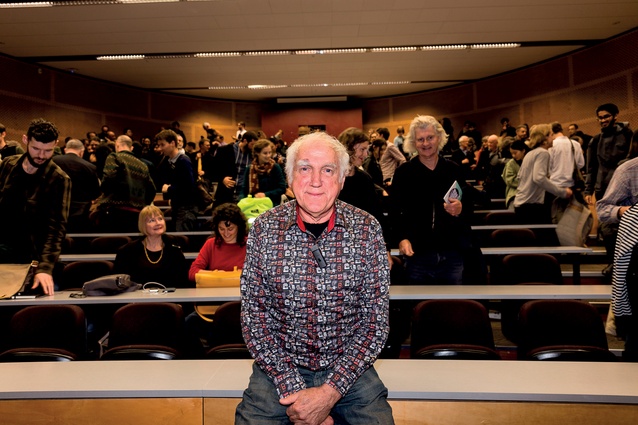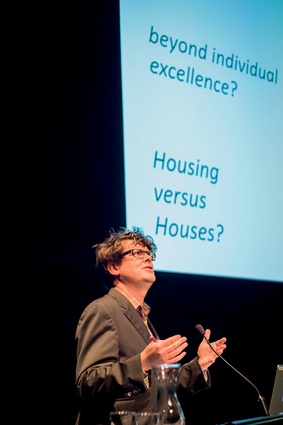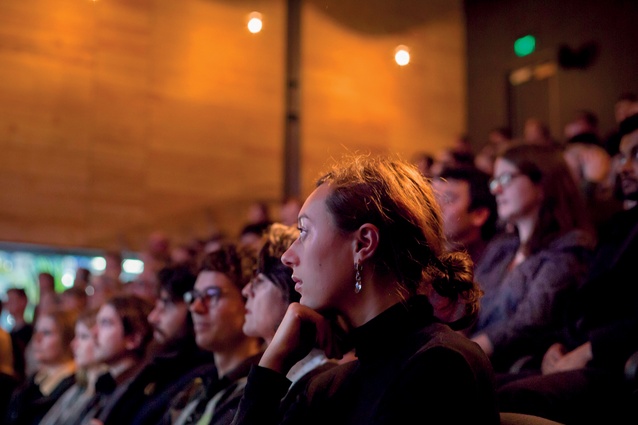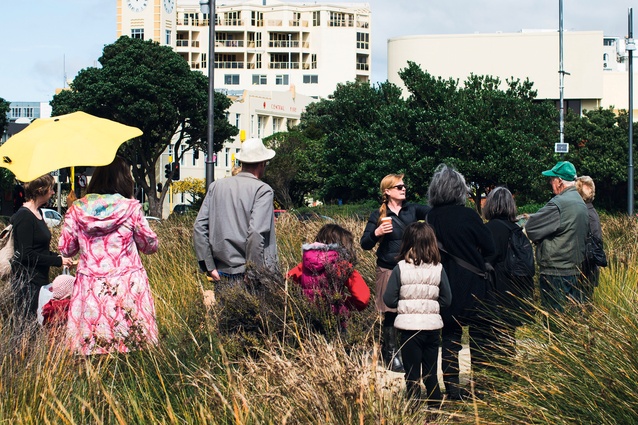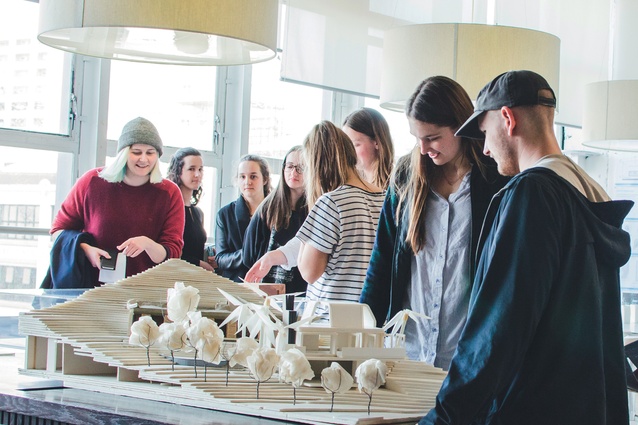Architecture Week 2016
Architecture Week was a popular event in 2016, aimed at both the public and the profession. Hosted by each city’s branch of the NZIA and its numerous supporters, a wide assortment of events was held in Auckland, Wellington and Christchurch from 19 to 25 September.
Here, Maddie Palmer and Yousr Ali review some of the nationally held events as well as the highlights from Wellington, accompanied by photography by Alexander Goh, Joe Hockley, Elisapeta Heta, Suchita Jain and Matt Jeng.
MADDIE PALMER
Generation rent, homelessness, housing crisis: these are words that now frequent the media. They are dominant headlines that seem as dire as does the lack of affordable homes in New Zealand. They describe the problems our nation faces – without exploring an answer – and are also very real problems which affect all of us in one way or another.
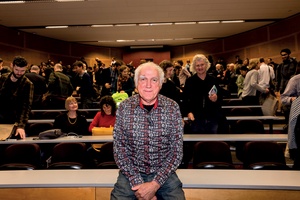
Architecture Week 2016 was appropriately based around the topic of ‘Housing the Future’, with a variety of events offered to practising architects, students and the public. With awareness being the first step in finding a solution, Architecture Week offered events such as lectures, firm and project tours, workshops and presentations to create opportunities for a collection of diverse minds to discuss the various answers.
The lecture series on alternative market housing futures signifies a new approach to affordable housing. Roger Walker gave lectures in Auckland and Wellington and explained his design behind the first urban papakāinga, located in Wellington. In collaboration with a variety of different housing organisations and the iwi, there was interesting discussion around the building techniques which made it possible.
Fourteen homes were built to provide a modern solution based on a traditional Māori housing model. With the key goals based around sustainability, affordability and being community focused, the politics and challenges behind building a housing development on shared land were also explored.
Perhaps one of the most eye-opening experiences was the opportunity for the public to take a peek into some of Wellington’s iconic architecture offices. With a variety of firms open to the public, some offered refreshments while others provided tours. The drawings were exquisite and the array of work pinned up was fascinating to explore. Each firm clearly had a different approach, whether graphically or in the type of work undertaken.
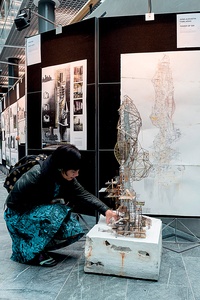
Continuing the theme of housing and, in particular, social housing, six thesis students from Victoria University of Wellington each had six minutes to present their thesis project. They all had slightly different takes on this concept of housing but addressed one common theme – how can architects shape the future of our houses?
With discussions around the role of architects in post-disaster reconstruction, how social housing in the Arlington Flats can be improved and how queer identity can influence our architecture, perhaps the most interesting were based around unconventional thoughts.
One student was convinced that students should all live with their grandparents, providing a solution for our aging population. To find the challenges associated with this, Johanna Griffith lived with her grandma for the first six months of the year to explore how different the two generations really are. The wackiest proposal drew a relationship between spinsters, bees, bread and architecture.
So how do spinsters, bees, bread and architecture relate? Well, Sharon Lam definitely connected them together. Finding a relationship between the lone spinster and the queen bee, she proposed that architecture shouldn’t just accommodate humans but also other species. Viewing housing in this alternative way creates friction and an opportunity for new ideas to come to light. The end solution is bound to be intriguing. And how does the bread relate? Well, who doesn’t enjoy bread and honey?
YOUSR ALIR
Throughout my concise scholastic career, there have been small moments, often whilst watching videos of people squatting in garages or living in parked cars, where I have wondered whether perhaps I should have instead pursued a career in botany, or cuisine, because there would seem to be less despondence and frustration at the juxtaposition between what I want to do for society and what I am able [or allowed] to do. As a discipline, we are indoctrinated to mobilise around issues in the built environment and it is with some feeling of custodianship that we collectively face some of the most significant housing challenges in New Zealand to date.
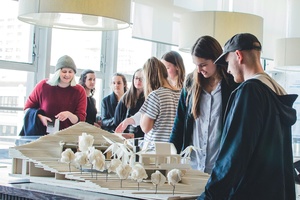
Architecture Week in the capital city was most certainly not one of these moments. This annual celebration of New Zealand architecture offered a mouthpiece for articulating the way in which we might approach the future of housing.
Coffee and architecture are two things viscerally intertwined; this deeply brown liquid nurtures the industry and creativity of the human mind, all the while acting as the base facilitator of most contemporary human interactions today. ‘Coffee with an Architect’ took place simultaneously at two separate locations and gave members of the public and the architectural community a chance to discuss architecture with local architects Mary Daish and Gerald Parsonson over coffee (and brioche).
Every table in the back room of Loretta was filled with eager students and the occasional passionate member of the public, covetously sipping on coffee while Gerald Parsonson told stories of uncovering lost details in the walls of a structure mid-construction, accidentally making new ones and the old legacy of what used to be a vascular arcade on Cuba Street.
In the midst of the rancorous shriek of the coffee machine, and the soft blue light of Swan Lane burgeoning through the windows between passing service trucks, there was enormous novelty in listening to the composer of a beautiful space break down its machinations whilst it quietly, proudly performed in the background.
The situation of housing and social cohesion in New Zealand may be bleak but we can rest assured that the soon-emerging generation of young architects from Victoria University are more than prepared to accost these issues, all the while opening up the discourse of a much brighter future in the Architecture+Women•NZ Express Series. Within two minutes, each student presented where they were up to in the development of their thesis and the central issue that they intended to address.
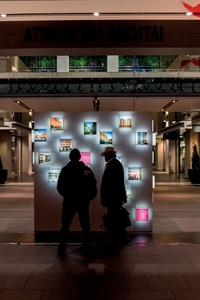
Problems such as balancing public and private spaces in social housing, designing for the cross-generational gap between millennials and baby boomers, and addressing the lack of queer identity in public and private space, were just some of the themes explored. A full auditorium of students, professionals and enthusiastic ‘civilians’ was captivated by an hour of colour and ingenuity, and a meritorious determination on the part of the students to approach deep-seated housing and urban challenges.
Alternative Market Housing Futures was a lunchtime talk about future housing models that are purpose designed for papakāinga and social- and community-led clients that can’t access market-led options. The Te Aro Pā project in Evans Bay poses as a conceivable reality for the future of social housing in New Zealand. Somewhere between it imbuing prefab construction, maximising space and dwelling capacity, and collaborating directly with communities, it also tentatively presents an initial model for New Zealand social housing strategies that engage with papakāinga.
As a brooding scoffer, I had prepared to cast disdain and misanthropy at the model for not fully capitalising on the papakāinga structure or the local landscape that it occupied but I was subdued by the fact that this is an important first step in an alternative direction (excuse the crude pun, it was venerably intended).
The discussion, whose panel involved representatives from Community Housing Aotearoa, Dwell Housing Trust, Walker Architecture & Design, Te Aro Pā and Te Tumu Paeroa, celebrated the outcome of a project that focused on creating access to housing for an increasing number of families and individuals who would not be able to access what the current market has to offer. What is more exciting about this conversation is that the solutions for the housing issue are being pursued within the community and with a diligence to relate to our endemic traditions.
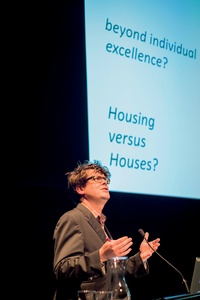
‘Recovering Academic’ and renowned architect Stuart Harrison’s keynote presentation on future models of housing incited a full house. We all sat, elbow to elbow, in eager expectation awaiting what we knew was going to be thought provoking and entertaining, and we were not disappointed. The presentation centrally entailed the potential of low-rise, high-density housing as the sapient direction of residential development.
I am quite familiar with suburbia, having been raised on the lap of its epitome. In principal, it is hard to think of this tiny microcosm, which stands stark against the grey and green of suburbia, as resonating with its culture or the capitalism that drives it, or even with the urban fabric that surrounds it.
But the very important point that Stuart made was that change in the built environment was not going to come from one single design. In order for us to conceive the change we seek, it would take us, as a collective professional field, to forge a ‘pincer’ around the issues we currently face.
Some of us might utilise high-density, high-rise models or, perhaps, publish certain research or propose new models that could approach these issues. It would suggest that, in order to confront this deeply complex predicament we face, we must collectively consolidate with as much unified diversity as possible and brazenly propel the evolution that this week has proven we are clearly capable of executing.
An extensive gallery of photos from this year’s Architecture Week can be found here.

